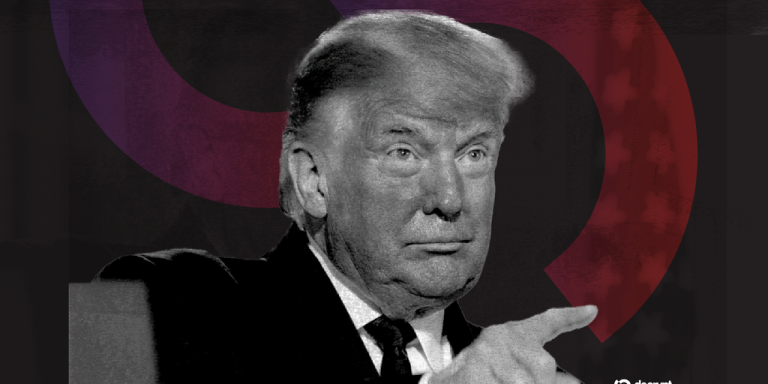
Mindfulness Practices for Stress Relief
Mindfulness practices have become increasingly popular in recent years, and for good reason. The focus keyword for this article is mindfulness, and we will explore how it can be used for stress relief. With the demands of modern life, it’s easy to get caught up in stress and anxiety. However, by incorporating mindfulness practices into your daily routine, you can reduce stress and improve your overall well-being. In this article, we will explore the benefits of mindfulness practices for stress relief and provide tips on how to get started.
What is Mindfulness?
Mindfulness is the practice of being present in the moment, paying attention to your thoughts, feelings, and sensations without judgment. It involves cultivating awareness of your thoughts, emotions, and physical sensations, and accepting them for what they are. Mindfulness is not about achieving a specific state or goal, but rather about being present and fully engaged in the current moment.
Benefits of Mindfulness for Stress Relief
The benefits of mindfulness for stress relief are numerous. Some of the most significant benefits include:
- Reduced stress and anxiety: Mindfulness practices have been shown to reduce the production of stress hormones like cortisol, leading to a decrease in stress and anxiety.
- Improved sleep: Mindfulness practices can help improve sleep quality by reducing stress and anxiety and promoting relaxation.
- Improved mood: Mindfulness practices have been shown to increase the production of neurotransmitters like serotonin and dopamine, which can help improve mood and reduce symptoms of depression.
- Increased focus and concentration: Mindfulness practices can help improve focus and concentration by training the mind to stay present and focused.
Mindfulness Practices for Stress Relief
There are many different mindfulness practices that can be used for stress relief. Some of the most effective include:
- Meditation: Meditation involves sitting quietly and focusing on the breath, a mantra, or a physical sensation in the body. Regular meditation practice can help reduce stress and anxiety and improve overall well-being.
- Yoga: Yoga combines physical postures, breathing techniques, and meditation to promote relaxation and reduce stress.
- Deep breathing exercises: Deep breathing exercises involve slowing down the breath and focusing on the physical sensations in the body. This can help calm the nervous system and reduce stress and anxiety.
- Body scan: A body scan involves lying down or sitting comfortably and bringing awareness to different parts of the body, starting at the toes and working up to the head. This can help release physical tension and promote relaxation.
Tips for Getting Started with Mindfulness Practices
Getting started with mindfulness practices can seem daunting, but it’s easier than you think. Here are some tips to get you started:
- Start small: Begin with short periods of mindfulness practice, such as 5-10 minutes a day, and gradually increase as you become more comfortable with the practice.
- Find a quiet space: Identify a quiet, comfortable space where you can practice mindfulness without distractions.
- Use guided recordings: Guided recordings can be a great way to get started with mindfulness practices, as they provide instruction and guidance.
- Be patient: Remember that mindfulness is a practice, and it’s okay if your mind wanders. Gently bring your attention back to the present moment, and don’t get discouraged if you find it challenging.





